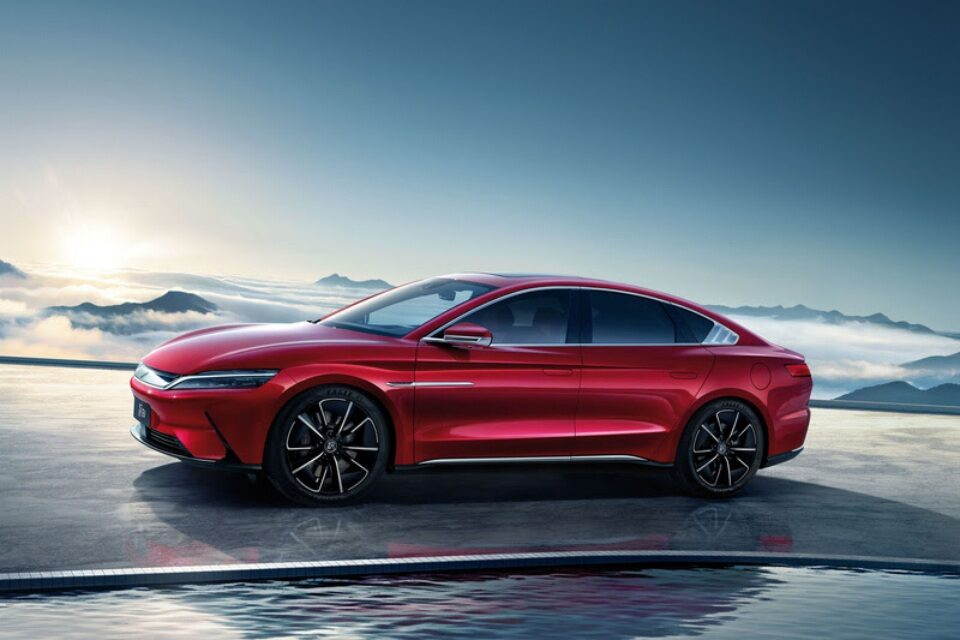In 2023, urban mobility is undergoing a seismic shift, and it’s not just about the growing range of electric cars. BYD, a global leader in electric vehicle manufacturing, is at the forefront of this transformation with its latest electric bus models designed to revolutionize city transit. With urban areas struggling to reduce pollution and enhance public transportation efficiency, BYD’s innovative approach offers a sustainable and scalable solution. In this article, we will explore how these electric buses are set to redefine urban transportation, offering insights into their technology, benefits, and impact on city life.
The Rise of Electric Buses in Urban Transit
BYD’s Advanced Electric Bus Technology
BYD’s electric buses are powered by cutting-edge battery technology, which is pivotal in their ability to transform city transit. At the heart of these buses is BYD’s Iron-Phosphate Battery, renowned for its safety, long cycle life, and environmental friendliness. Unlike traditional lithium-ion batteries, the Iron-Phosphate version is less prone to thermal runaway, enhancing safety in densely populated areas.
- Battery Longevity: BYD buses boast a battery life of over 4,000 charge cycles, significantly reducing replacement costs over the vehicle’s lifespan.
- Fast Charging: With the latest charging infrastructure, these buses can achieve a full charge in less than two hours, minimizing downtime.
According to CleanTechnica, BYD has already deployed over 70,000 electric buses globally, reflecting the growing trust in their technology. As cities like Los Angeles and London aim for zero-emission fleets by 2030, BYD’s electric buses are a crucial component in achieving these ambitious sustainability goals.
Environmental and Economic Benefits
The transition to electric buses offers numerous environmental and economic benefits, making them an attractive option for city planners worldwide.
Environmental Impact
- Zero Emissions: BYD’s electric buses produce zero tailpipe emissions, significantly reducing air pollution in urban areas.
- Noise Reduction: These buses operate quietly, contributing to a decrease in noise pollution, which enhances the quality of life in bustling cities.
Bloomberg Green reports that cities adopting electric buses have seen up to a 20% reduction in urban air pollution levels, providing cleaner air for millions of residents.
Economic Advantages
- Lower Operating Costs: Electric buses have fewer moving parts than diesel buses, resulting in lower maintenance costs. A study by Reuters Mobility indicates that cities can save up to 30% on operational expenses by switching to electric buses.
- Government Incentives: Many governments offer subsidies and incentives to transit authorities that adopt electric vehicles, further reducing the financial burden.
Practical Guide to Adopting BYD Electric Buses
How to Charge and Maintain
Charging and maintaining electric buses involves a few key considerations:
- Infrastructure Investment: Cities need to invest in charging stations. BYD provides comprehensive charging solutions that can be tailored to the specific needs of urban transit systems.
- Routine Maintenance: Regular software updates and battery check-ups are essential to ensure optimal performance. BYD offers training programs for maintenance personnel to keep fleets in top condition.
Where to Buy and What to Compare
When considering the purchase of BYD electric buses, it’s crucial to compare models based on:
- Range: Depending on the city size and routes, choose a model with a range that suits the transit needs.
- Capacity: Assess the passenger capacity to ensure it meets peak demand requirements.
- Cost: Evaluate the total cost of ownership, including initial purchase, maintenance, and energy costs.
According to AutoCar, BYD’s buses are competitively priced, offering a cost-effective solution for cities looking to modernize their transit systems.
Comparing BYD with Other Brands
BYD is not the only player in the electric bus market. Here’s a quick comparison with other leading brands:
- Tesla: Focused primarily on passenger vehicles, Tesla has yet to make a significant impact in the bus sector.
- Volkswagen: Offers a range of electric vehicles, but their bus models are still in development stages.
- Nissan and Hyundai: Both have electric bus models but lack the global presence and deployment scale of BYD.
Conclusion: The Future of Urban Mobility
In conclusion, BYD’s latest electric bus models are more than just a technological innovation—they represent a pivotal shift towards sustainable urban transit. With their advanced battery technology, environmental benefits, and economic advantages, these buses are changing how cities operate. As more municipalities commit to zero-emission goals, BYD’s electric buses will likely become a common sight on city streets worldwide.
As we move towards a more sustainable future, what are your thoughts on the transition to electric buses in your city? Share your opinions in the comments below, and let’s drive the conversation forward. With urban transit poised for transformation, the next decade promises to be an exciting era for sustainable mobility.
By embracing BYD’s revolutionary electric bus technology, cities can pave the way for cleaner, quieter, and more efficient public transportation systems, setting a benchmark for urban mobility worldwide.

